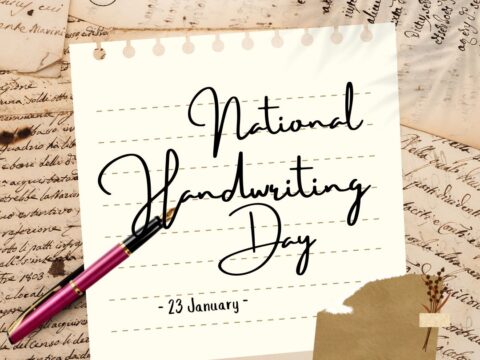I wrote a post on how Blogs and Wikis make students better writers–teachers too for that matter–and wanted to follow it up with how tweeting improves writing. Then I found Jennifer’s summary. It pretty well covers what I’d say:
- You learn to be concise
- You learn to be focused
- You have time to check for grammar and spelling
- Writing short messages helps you perfect the art of “headlining”
- Just 140 characters per message builds discipline. You can’t ramble
- Your message is seen by tweeple that expect brief, bright, pithy, pointed tweets
- You quickly learn that PhD words are great for Scrabble but horrible for Twitter and its reading world
- It often only takes a few words to make our point
- Tweets need to be written knowing that tweeple can @reply
- Your messages may be part of a larger theme via #hashtags
If you’re in a hurry and want a quick version, here’s the concise, pithy version by Jennifer:
How Twitter Makes You A Better Writer
By now you’ve most likely joined Twitter (and if you haven’t, you need to, pronto!). Twitter is not only a great place for businesses and marketers, but it’s also a great place to spruce up your writing skills.
Yes. You read that correctly.
Twitter can make you a better writer. Here’s how.
Twitter forces you to be concise
If you’ve ever used Twitter, you know that you have 140 characters to say whatever you want to say. Now keep in mind, I didn’t say 140 words—or even 140 letters—I said 140 characters.
That’s not a lot of room. Letters, numbers, symbols, punctuation and spaces all count as characters on Twitter.
What all of this means is, you have to be concise. You have to know exactly what you want to say, and say it in as few words as possible.
Many writers, however, are “wordy” and often have long, drawn out descriptions and sentences, so it can be pretty difficult to create a message that’s only 140 characters.
Here’s where Twitter comes in again.
Twitter forces you to exercise your vocabulary
Since you only have 140 characters to get your message across, you’re forced to dust off your dictionary and thesaurus and find new words to use—Words that are shorter, words that are more descriptive, and words that get the job done in 140 characters or less.
Crafting a message for Twitter requires you to “pump up” your verbs (replacing adverbs and adjectives with them), and discover a better, clearer and more concise way to say what you want to say.
Now most people won’t hit 140 characters right away. No, they’ll end up with 160 or 148 characters to start out with (Twitter tells you how many characters you need to remove to make your message fit).
This is the final way that Twitter makes you a better writer.
Twitter forces you to improve your editing skills
Every writer needs to be able to edit their work. And by using Twitter, you can really hone your editing skills and make them top-notch.
It’s almost like playing a game; trying to write a 140-character message and still get your point across in a way that inspires your followers to take action, to click on your link or to “retweet” your post.
I like to think of it as a brainteaser, forcing me to think hard and dig deep down into my vocabulary to find a way to shorten my message.
I’ve been using Twitter since January, and my writing skills have not only improved, but I’ve been writing better copy as well.
Yet another reason you should be using Twitter. Not that you needed one.
Jacqui Murray has been teaching K-18 technology for 30 years. She is the editor/author of over a hundred tech ed resources including a K-12 technology curriculum, K-8 keyboard curriculum, K-8 Digital Citizenship curriculum. She is an adjunct professor in tech ed, Master Teacher, webmaster for four blogs, an Amazon Vine Voice, CSTA presentation reviewer, freelance journalist on tech ed topics, contributor to NEA Today, and author of the tech thrillers, To Hunt a Sub and Twenty-four Days. You can find her resources at Structured Learning.




































